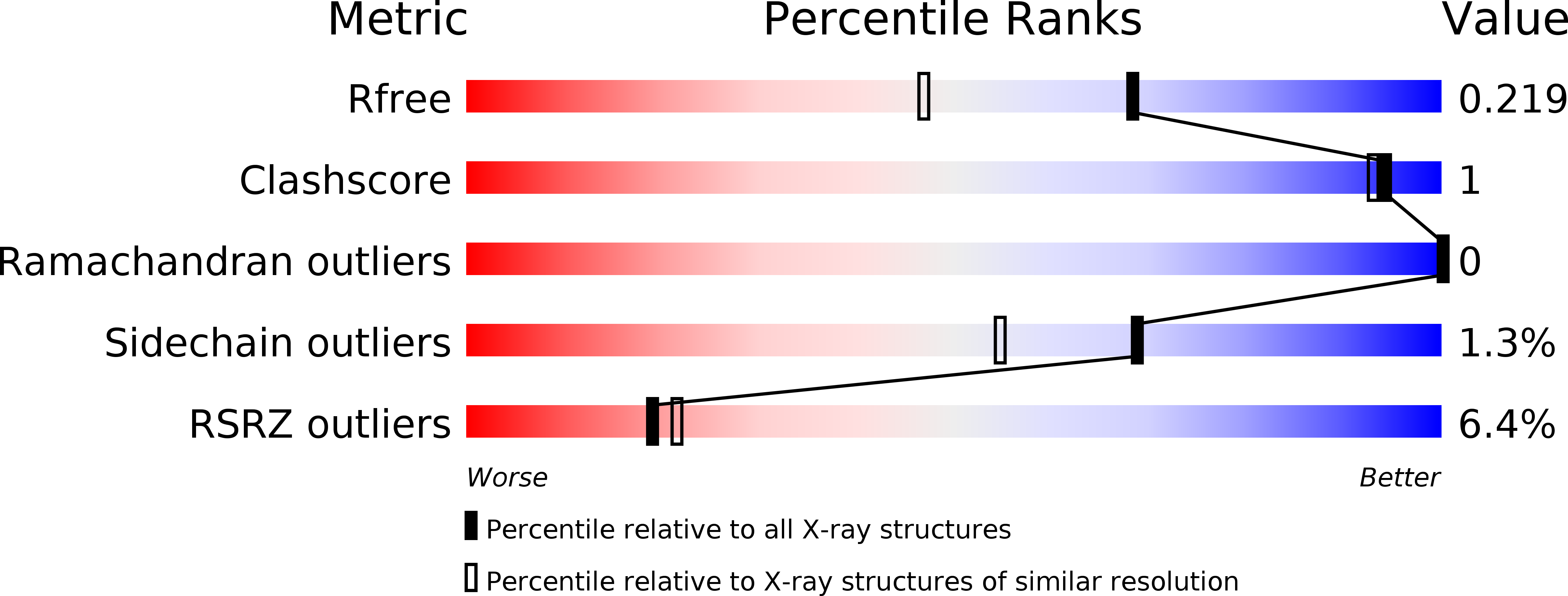
Deposition Date
2019-07-01
Release Date
2019-09-25
Last Version Date
2024-11-13
Entry Detail
PDB ID:
6S5A
Keywords:
Title:
CRYSTAL STRUCTURE OF FC P329G LALA WITH ANTI FC P329G FAB
Biological Source:
Source Organism:
Homo sapiens (Taxon ID: 9606)
Mus musculus (Taxon ID: 10090)
Mus musculus (Taxon ID: 10090)
Host Organism:
Method Details:
Experimental Method:
Resolution:
1.72 Å
R-Value Free:
0.22
R-Value Work:
0.19
R-Value Observed:
0.19
Space Group:
P 21 21 21


